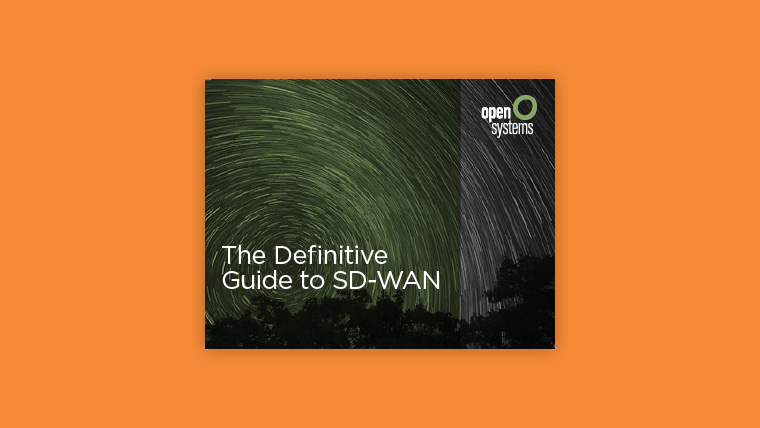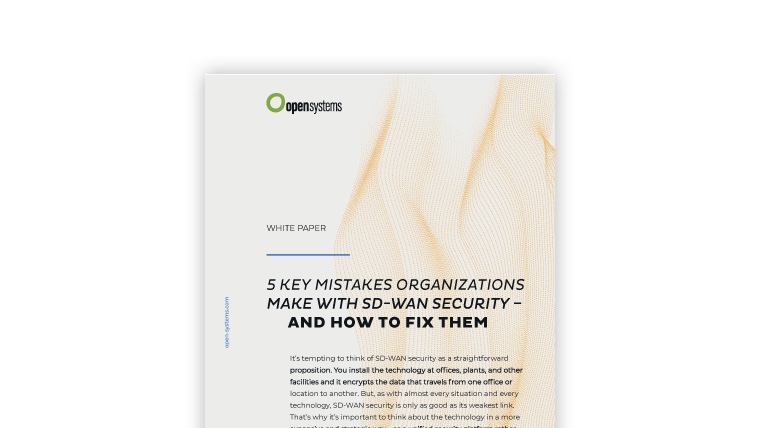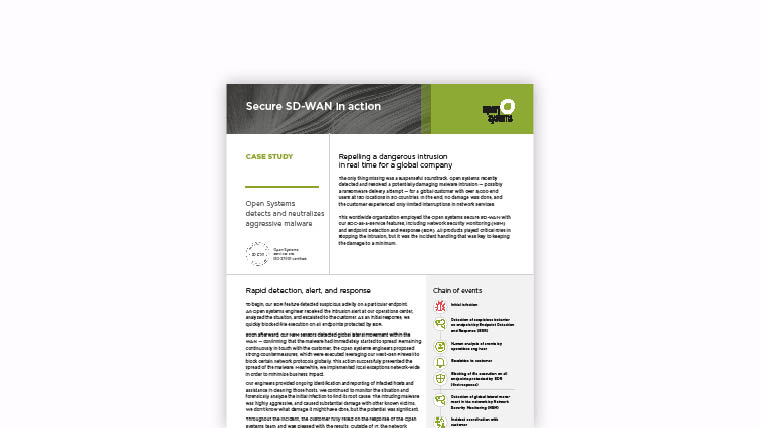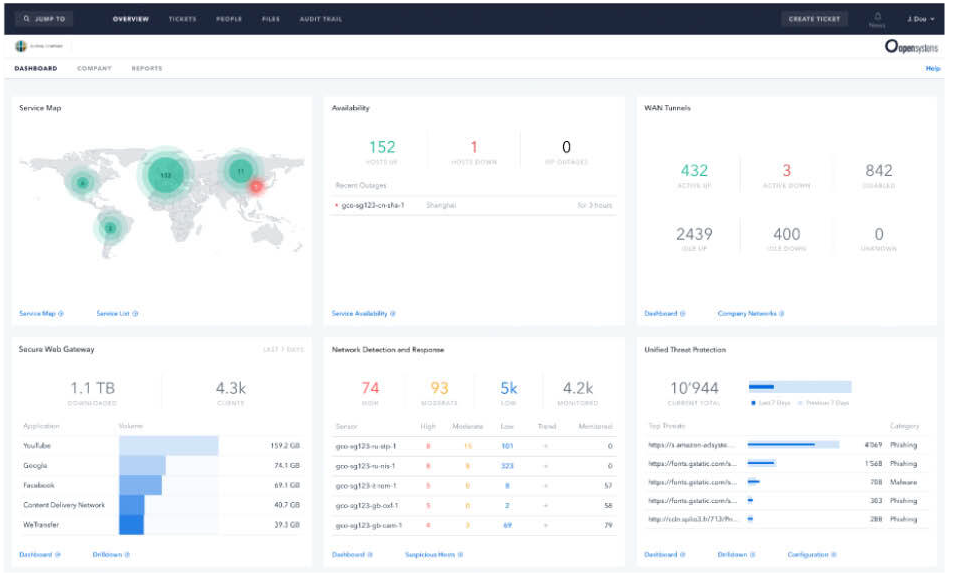
What is Cloud WAN?
Networks are complex, risky, expensive, and they are not getting easier.
Many organizations have existing networks that, over time, needed to react to urgent needs, address unique requirements, or combat specific cybersecurity threats. They have become a patchwork of technologies, applications, systems, clouds, and security patches. IT managers keep their networks operational, but it’s not a simple task. They don’t often have the time or resources to plan ahead, focus on new projects, or prepare for the next wave of cyber-attacks.

On average, roughly 70% of enterprise applications run on the cloud or with a SaaS provider

The SD-WAN market is expected to grow from USD 1.9 billion in 2020 to USD 8.4 billion in 2025

The growth of the global SD-WAN market from 2020 to 2025 represents a CAGR of over 34%
Trying to expand network reach and integrate new technologies while ensuring cybersecurity is becoming an insurmountable task. Resources are thin and not easy to expand. Traditional WAN connections are expensive and not simple to manage. Even if funds are readily available, time and talent are not.
Businesses need to be agile and fluid to compete in the global economy. The network can’t be the bottleneck. It also can’t be vulnerable to a cybersecurity breach.

Rethink Your Network
- Day to day operations can’t be disrupted
- Certain existing infrastructure needs to be supported
- Performance and reliability service level requirements must be met
- Adaptable and expandable to support future needs
- Multi-layer security must be seamless and robust
- Next-generation firewalls with granular global and local security zoning
- Secure Web and Email Gateways
- Secure worldwide entry points for protecting mobile users and remote facilities
- Endpoint threat detection and response
- Globally distributed and meshed security sensors
- Edge to core event logging, machine learning, and AI-driven threat detection
Think Cloud
Cloud networks are virtual and provide an all-encompassing solution to the challenges facing IT professionals. Cloud WANs depend on SD-WAN (software-defined WAN) technology, which overlays the physical WAN infrastructure with an intelligent software layer. It provides simpler management for the entire network. Cloud networking shifts the focus from devices such as switches, routers, gateways, and firewalls, to cloud-based SDN (software-defined networking). Over time, fewer devices need to be deployed at local and remote sites. More and more network functions are delivered by the cloud. Network management transforms from interfacing with discrete physical devices to managing a virtual infrastructure from a single pane of glass. Cloud SD-WAN services are also better equipped to deliver new services and manage network expansion.
In contrast to traditional WANs, Cloud SD-WANs are dynamically controlled by policies and service level agreements. Once policies are created or updated, they are delivered to the SD-WAN infrastructure. Traffic is monitored across the entire Cloud SD-WAN network to ensure application and user service levels are met.
Transforming your existing infrastructure into a Cloud-based network isn’t as easy as flipping a switch. It requires working with an experienced partner who can make the process seamless and straightforward.
Cybersecurity is Priority One
SD-WAN Cloud providers must be cybersecurity experts. The Cloud WAN should include a comprehensive multi-layer suite of integrated cybersecurity technologies. Security technologies should function in unison and be seamlessly layered over the SD-WAN Cloud.
The SD-WAN Cloud service with integrated cybersecurity should be simple to use and managed 24×7 by security experts.
SD-WAN Clouds device and SD-WAN technologies which provide cybersecurity include,
Cloud networks are virtual and provide an all-encompassing solution to the challenges facing IT professionals. Cloud WANs depend on SD-WAN (software-defined WAN) technology, which overlays the physical WAN infrastructure with an intelligent software layer. It provides simpler management for the entire network. Cloud networking shifts the focus from devices such as switches, routers, gateways, and firewalls, to cloud-based SDN (software-defined networking). Over time, fewer devices need to be deployed at local and remote sites. More and more network functions are delivered by the cloud. Network management transforms from interfacing with discrete physical devices to managing a virtual infrastructure from a single pane of glass. Cloud SD-WAN services are also better equipped to deliver new services and manage network expansion.
In contrast to traditional WANs, Cloud SD-WANs are dynamically controlled by policies and service level agreements. Once policies are created or updated, they are delivered to the SD-WAN infrastructure. Traffic is monitored across the entire Cloud SD-WAN network to ensure application and user service levels are met.
Transforming your existing infrastructure into a Cloud-based network isn’t as easy as flipping a switch. It requires working with an experienced partner who can make the process seamless and straightforward.
- Day to day operations can’t be disrupted
- Certain existing infrastructure needs to be supported
- Performance and reliability service level requirements must be met
- Adaptable and expandable to support future needs
- Multi-layer security must be seamless and robust
SD-WAN Cloud providers must be cybersecurity experts. The Cloud WAN should include a comprehensive multi-layer suite of integrated cybersecurity technologies. Security technologies should function in unison and be seamlessly layered over the SD-WAN Cloud.
The SD-WAN Cloud service with integrated cybersecurity should be simple to use and managed 24×7 by security experts.
SD-WAN Clouds device and SD-WAN technologies which provide cybersecurity include,
- Next-generation firewalls with granular global and local security zoning
- Secure Web and Email Gateways
- Secure worldwide entry points for protecting mobile users and remote facilities
- Endpoint threat detection and response
- Globally distributed and meshed security sensors
- Edge to core event logging, machine learning, and AI-driven threat detection
Cloud WAN FAQs:
What are the components of Cloud WAN?
Cloud WANs leverage SD-WAN (software-defined WAN) technology, overlaying the physical WAN infrastructure with an intelligent software layer. This shifts the focus from traditional devices like switches, routers, and gateways to cloud-based SDN (software-defined networking). Over time, there's a reduced need for devices at local and remote sites as more network functions are delivered by the cloud. The management of the network transforms from handling discrete physical devices to managing a virtual infrastructure from a unified platform.
Is Cloud WAN encrypted?
While the specific details about encryption weren't mentioned in the scraped content, Cloud WANs, especially those focusing on cybersecurity like Open Systems, typically prioritize encryption to ensure data integrity and security across the network.

What is the difference between a Cloud-first WAN and Cloud WAN?
A Cloud-first WAN prioritizes cloud services as the primary resource, ensuring optimal performance for cloud applications. On the other hand, Cloud WAN, as described by Open Systems, is a virtual network solution that depends on SD-WAN technology, overlaying physical infrastructure with a software layer. It emphasizes shifting from traditional networking devices to cloud-based SDN, ensuring simpler management and more efficient delivery of network functions.
Cloud-based WANs by Open Systems allows you to connect your global enterprise from the core to the edge with the cloud.
Contact our customer advocates to learn more or to obtain an assessment of how we can help transform your network into a managed SD-WAN Cloud with integrated cybersecurity, unlimited bandwidth, and predictable costs.

Leave Complexity
Behind
To learn how Open Systems SASE Experience can benefit your organization, talk to a specialist today.
Contact Us



